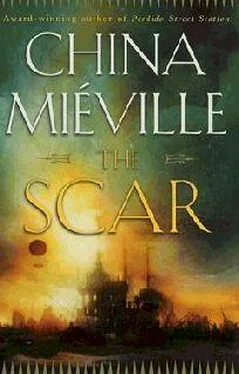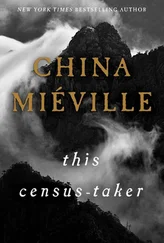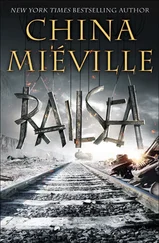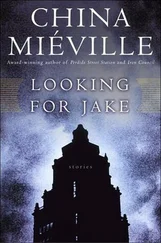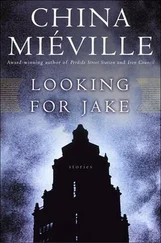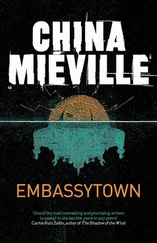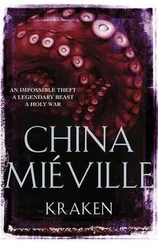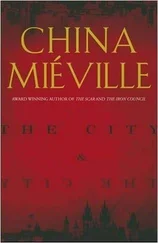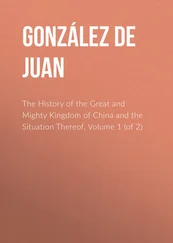
A mile below the lowest cloud, rock breaches water and the sea begins.
It has been given many names. Each inlet and bay and stream has been classified as if it were discrete. But it is one thing, where borders are absurd. It fills the spaces between stones and sand, curling around coastlines and filling trenches between the continents.
At the edges of the world the salt water is cold enough to burn. Huge slabs of frozen sea mimic the land, and break and crash and reform, crisscrossed with tunnels, the homes of frost-crabs, philosophers with shells of living ice. In the southern shallows there are forests of pipe-worms and kelp and predatory corals. Sunfish move with idiot grace. Trilobites make nests in bones and dissolving iron.
The sea throngs.
There are free-floating top-dwellers that live and die in surf without ever seeing dirt beneath them. Complex ecosystems flourish in neritic pools and flatlands, sliding on organic scree to the edge of rock shelves and dropping into a zone below light.
There are ravines. Presences something between molluscs and deities squat patiently below eight miles of water. In the lightless cold a brutality of evolution obtains. Rude creatures emit slime and phosphorescence and move with flickerings of unclear limbs. The logic of their forms derives from nightmares.
There are bottomless shafts of water. There are places where the granite and muck base of the sea falls away in vertical tunnels that plumb miles, spilling into other planes, under pressure so great that the water flows sluggish and thick. It spurts through the pores of reality, seeping back in dangerous washes, leaving fissures through which displaced forces can emerge.
In the chill middle deeps, hydrothermic vents break through the rocks and spew clouds of superheated water. Intricate creatures bask in this ambient warmth their whole short lives, never straying beyond a few feet of warm, mineral-rich water into a cold which would kill them.
The landscape below the surface is one of mountains and canyons and forests, shifting dunes, ice caverns and graveyards. The water is dense with matter. Islands float impossibly in the deeps, caught on charmed tides. Some are the size of coffins, little slivers of flint and granite that refuse to sink. Others are gnarled rocks half a mile long, suspended thousands of feet down, moving on slow, arcane streams. There are communities on these unsinking lands: there are hidden kingdoms.
There is heroism and brute warfare on the ocean floor, unnoticed by land-dwellers. There are gods and catastrophes.
Intruding vessels pass between the sea and the air. Their shadows fleck the bottom where it is high enough for light to reach. The trading ships and cogs, the whaling boats pass over the rot of other craft. Sailors’ bodies fertilize the water. Scavenger fish feed on eyes and lips. There are jags in the coral architecture where masts and anchors have been reclaimed. Lost ships are mourned or forgotten, and the living floor of the sea takes them and hides them with barnacles, gives them as caves to morays and ratfish and cray outcastes; and other more savage things.
In the deepest places, where physical norms collapse under the crushing water, bodies still fall softly through the dark, days after their vessels have capsized.
They decay on their long journey down. Nothing will hit the black sand at the bottom of the world but algae-covered bones.
At the edges of the shelves of rock where cold, light water gives way to a creeping darkness, a he-cray scrambles. He sees prey, clicks and rattles deep in his throat while he slips the hood from his hunting squid and releases it.
It bolts from him, diving for the shoal of fat mackerel that boil and re-form like a cloud twenty feet above. Its foot-long tentacles open and whip closed again. The squid returns to its master, dragging a dying fish, and the school reknits behind it.
The cray slices the head and tail from the mackerel and slips the carcass into a net bag at his belt. The bloody head he gives his squid to gnaw.
The upper body of the cray, the soft, unarmored section, is sensitive to minute shifts of tide and temperature. He feels a prickling against his sallow skin as complex washes of water meet and interact. With an abrupt spasm the mackerel-cloud congeals and disappears over the crusted reef.
The cray raises his arm and calls his squid closer to him, soothes it gently. He fingers his harpoon.
He is standing on a granite ridge, where seaweed and ferns move against him, caressing his long underbelly. To his right, swells of porous stone rise above him. To the left the slope falls away fast into disphotic water. He can feel the chill emanating from below. He looks out into a steep gradation of blue. Way overhead, on the surface, there are ripples of light. Below him the rays peter swiftly out. He stands only a little way above the border of perpetual dark.
He treads carefully here, on the edge of the plateau. He often comes to hunt here, where prey are less careful, away from the lighter, warmer shallows. Sometimes big game rises curiously from the pitch, unused to his shrewd tactics and barbed spears. The cray shifts nervously in the current and stares out into the open sea. Sometimes it is not prey but predators that rise from the twilight zone.
Eddies of cold roll over him. Pebbles are dislodged around his feet and bounce slowly down the slope and out of sight. The cray braces himself on the slippery boulders.
Somewhere below him there is a soft percussion of rocks. A chill not carried by any current creeps across his skin. Stones are realigning, and a spill of thaumaturgic wash is spewing through new crevices.
Something baleful is emerging in the cold water, at the edge of the dark.
The cray hunter’s squid is beginning to panic, and when he releases it again, it jets instantly up the slope, toward the light. He peers back into the murk, looking for the source of the sound.
There is an ominous vibration. As he tries to see through water stained by dust and plankton, something moves. Way below, a plug of rock bigger than a man shudders. The cray bites his lip as the great irregular stone falls suddenly free and begins a grinding descent.
The thundering of its passage reverberates long after it has become invisible.
There is a pit in the slope now, that stains the sea with darkness. It is quiet and motionless for a time, and the cray fingers his spear with anxiety, clutching at it and hefting it and feeling himself tremble.
And then, softly, something colorless and cold slips from the hole.
It confuses the eye, flitting with a grotesque organic swiftness that seems to belie intention, like gore falling from a wound. The he-cray is quite still. His fear is intense.
Another shape emerges. Again he cannot make it out: it evades him; it is like a memory or an impression; it will not be specified. It is fast and corporeal and coldly terrifying.
There is another, and then more, until a constant quick stream dribbles from the darkness. The presences shift, not quite invisible, communing and dissipating, their movements opaque.
The he-cray is still. He can hear strange, whispering discourses on the tides.
His eyes widen as he glimpses massive backbent teeth, bodies pebbled with rucks. Sinuous muscled things fluttering in the freezing water.
Читать дальше
